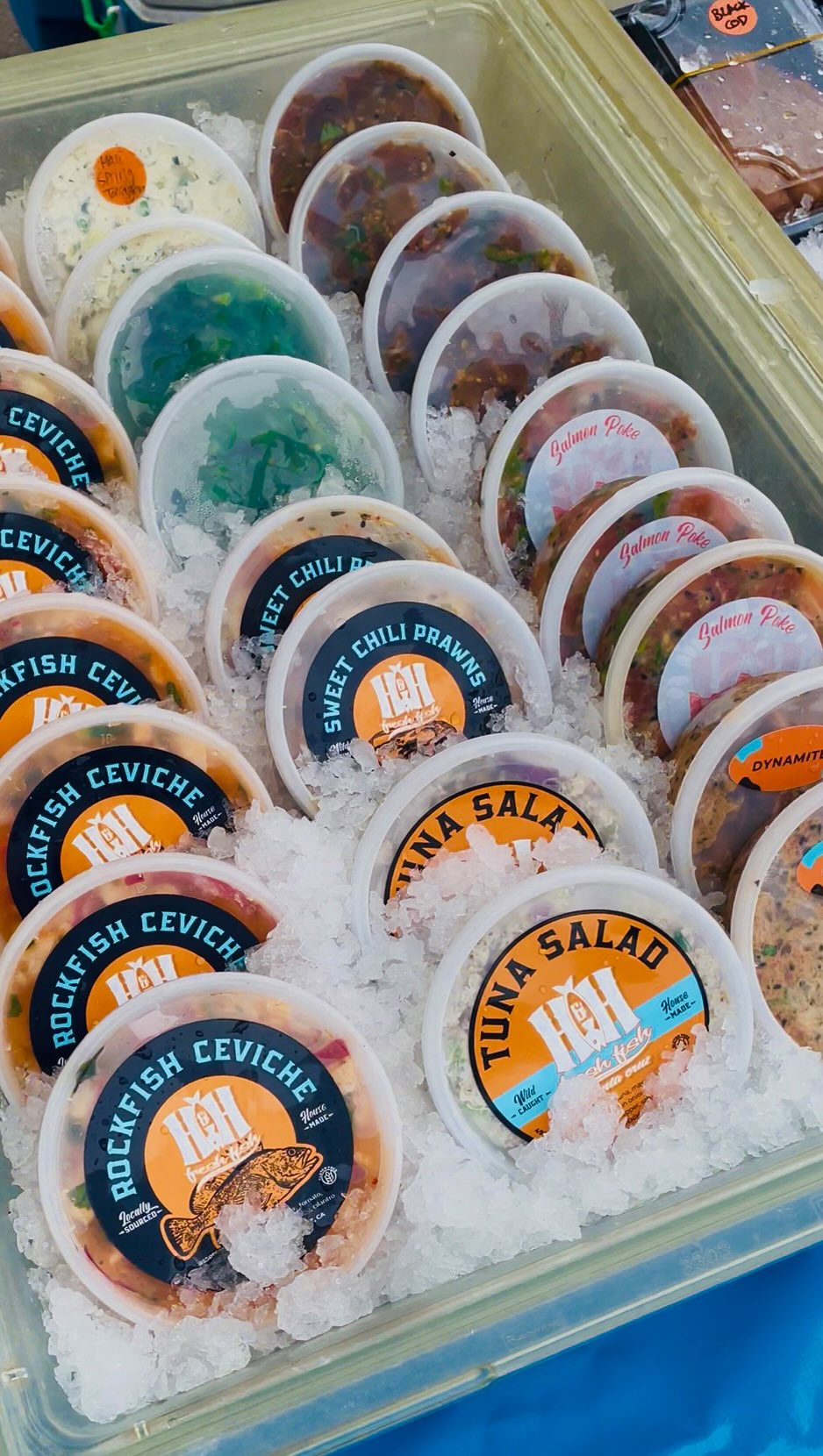Experience the Magic of FAS King Salmon
Learn about the FAS process and how it helps to preserve the freshness and quality of King Salmon



King Salmon, King Flavor
FAS King Salmon is a delicious and versatile seafood option that is perfect for any occasion. Of the five Pacific salmon species in North America, King salmon–also known as Chinook–is the largest. Its firm flesh and rich, buttery flavor make it a favorite among seafood connoisseurs, and it can be prepared in a variety of ways to suit any taste. Grill it for a summer barbecue, bake it for a winter dinner, maybe even toss large chunks into a chowder. Really, you can add it to any of your favorite recipes for a flavorful twist—the possibilities are endless!
For those who may not be familiar with Frozen at Sea (FAS), it's exactly what it sounds like! FAS is a process where the fish is caught, immediately cleaned and flash-frozen on the fishing boat. Freezing the fish out at sea, instead of waiting to get back to land, prevents decomposition. This ensures that the fish is as fresh as possible when it reaches your plate.
While we’re based in Monterey Bay and are lucky to find local King salmon in the summer months, FAS King salmon is a great alternative in the off-season. FAS King salmon is usually caught and frozen in Alaska, as well as throughout the Pacific Northwest. ensuring that it is as fresh as possible when it reaches your plate. This means that you can enjoy the taste and benefits of fresh, high-quality seafood even when it is not locally available.
What’s Frozen At Sea (FAS)? Tell Me More!
Upon death, fish begin to spoil immediately! When fish are caught and immediately frozen at sea, it helps to lock in the freshness and flavor of the fish, as well as its nutrients. One of the main benefits of the FAS process is that it allows fish to be caught and frozen at peak quality rather than waiting to be transported to land and processed.
Fish frozen at sea are caught and then quickly cleaned. This means the head and the guts, as well as blood, are removed. Retaining blood in the fish can lead to a shorter shelf life and an off-flavor with time so this cleaning step onboard the fishing vessel is key.
After cleaning, fish are moved into a blast freezer where they can be flash-frozen in as little as an hour! The flash-freezing process used in FAS fish is an essential step in preserving the quality of the fish. When fresh fish are frozen in a regular, household freezer, ice crystals form relatively slowly and irregularly, resulting in larger ice crystals that can damage cells. We have all mourned the day our ice cream sits brimming with large icy chunks atop! On the other hand, flash freezing allows for ice crystal formation to happen much more rapidly and consistently throughout the fish’s cells. Critically, flash freezing also reduces the amount of time the fish spends in the "danger zone," where bacterial growth can occur.
Flash freezing also prevents proteins from denaturing. This is important because denaturation is temperature-dependent. In a regular freezer, it takes longer for a fish to freeze thoroughly and allows more time for proteins to denature. This results in a lower quality product and it shows when a fish is thawed. The cells of a bright orange, firm King salmon filet will break and sag, thereby losing fluid. This can lead to an off-color, dry, and fibrous fish for dinner. Not cute!
Proteins are not the only element to suffer from poor storage. Lipids–like the omega-3 fatty acids that King salmon are known for–can deteriorate when oxidation occurs. This results in a “fishy” odor and flavor. Flash freezing slows this oxidation process down to maintain the freshest taste.
After flash freezing, fish often go through “glazing.” During glazing, fish are dipped into fresh seawater a few times or sprayed and then re-frozen. This final step helps to create a seal that locks in moisture and prevents freezer burn.
FAS technology has altered the seafood industry dramatically and for good. In just a handful of hours, fish can go from swimming in the ocean to being flash-frozen and ready for on-land cold storage, further processing and/or distribution!
King Salmon at H&H
We are proud to support our local fishermen in Monterey Bay and the larger Central Coast of California as long as our season allows. In non-summer months, we have long-standing relationships with fishermen up North whose FAS products we are happy to support and share with you.
Next time you're in the mood for some succulent, sustainably-caught seafood, be sure to give our FAS King Salmon a try. Your taste buds will thank you!
Happy eating!





.jpg)






